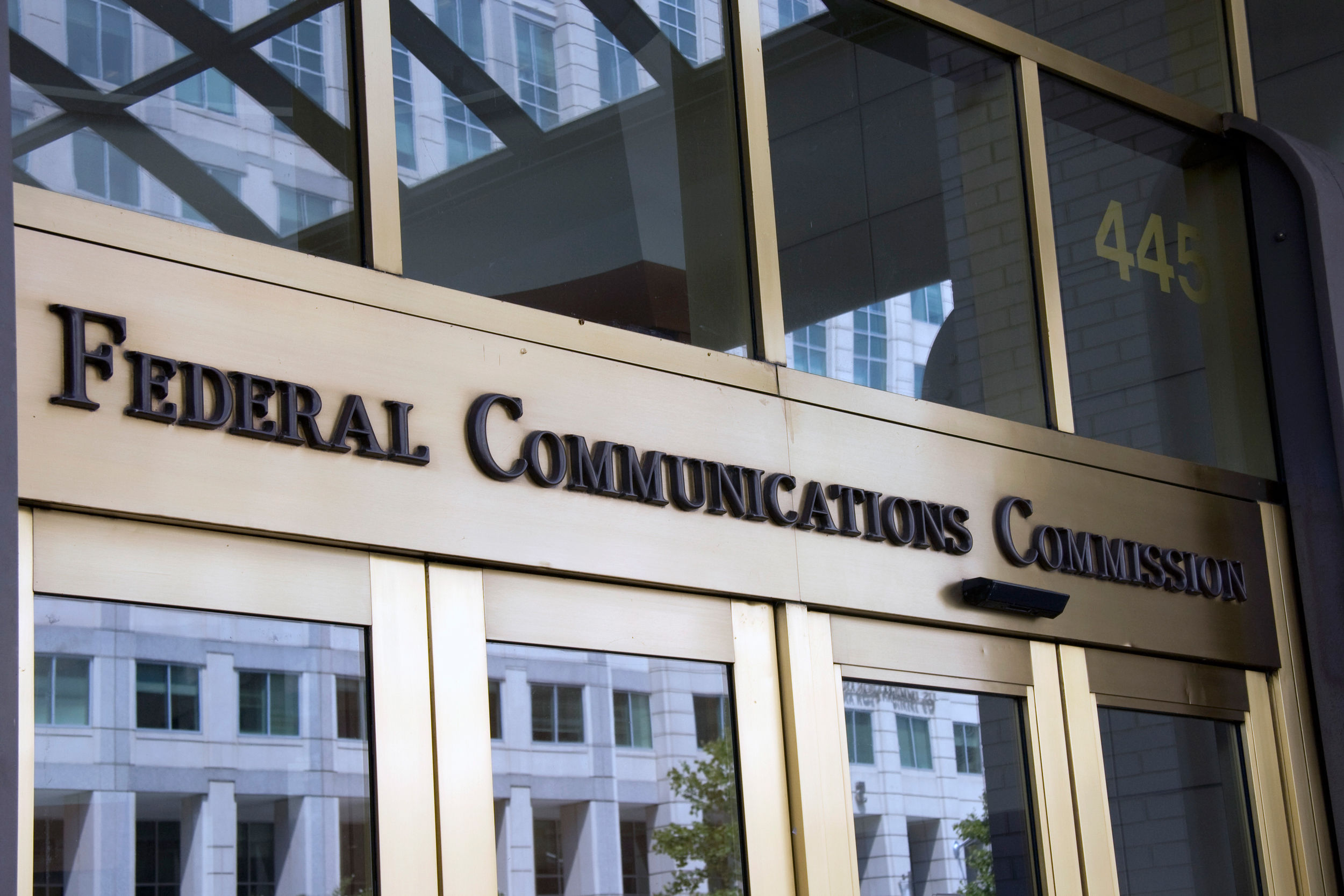FCC Gets Pushback on Broadcast DTS Item
Groups try to get FCC to hold of on item vote, or vote it down

The FCC's draft order to allow broadcasters to expand their use of distributed transmission systems (DTS), which it is considering in a notice of proposed rulemaking but has yet to vote on has drawn a crowd of naysayers even as broadcasters pressure the commission to approve the item.
Also Read: Broadcasters Fight for NextGen Flexibility
Broadcasters have been squaring off at the FCC with powerful computer companies over the issue of DTS, arrays of smaller antennas that broadcasters want to deploy to expand their coverage. Computer companies led by Microsoft are opposed because that could reduce the amount of broadcast “white spaces” spectrum they use to deliver wireless broadband to rural areas.
But everyone from the National Veteran Small Business Coalition and National Rural Education Association to Citizens Against Government Waste and the aforementioned Microsoft are pushing back hard in recent weeks, fearing the FCC may vote the item before FCC Chairman Ajit Pai leaves next month.
Also Read: FCC Grants White Spaces Adjacent Channel Protections
CAGW urged the FCC to delay a vote on the item while the National Rural Education Association said the FCC should not allow DTS changes that would limit TV white spaces use for broadband.
Cable operators represented by NCTA-The Internet & Television Association (meaning all the large companies) generally don’t oppose expanding broadcasters’ DTS, and the FCC also seems generally amenable to the change. But there is definitely pushback from some major players — notably technology firms that want the spectrum for their own broadband buildouts.
The smarter way to stay on top of broadcasting and cable industry. Sign up below
Also Read: ATSC 3.0: Everything You Need to Know About the New Broadcast Standard
NAB executives have pressed FCC staffers on providing certainty in terms of additional flexibility to expand their ATSC 3.0 footprints, saying that would help them finalize plans for more ATSC 3.0 deployments, like that of Tegna. The broadcast group owner just signaled it plans to roll out ATSC 3.0 on KONG Seattle next month if the FCC gives the go-ahead. Tegna is one of those broadcasters looking to expand via its own True Crime Network, a digital multicast net that is also available on Roku and Amazon Fire TV.
Taking a page from cellular buildouts, broadcasters want to be able to densify their broadcast networks with smaller transmitters distributed throughout their service areas as they make the switch to the ATSC 3.0 NextGen TV (or broadcast internet) broadcast transmission standard. Tech firms argue that would be a “giveaway” that will take away from computer companies' ability to use broadcast “white spaces,” the unused spectrum between channels, for wireless broadband.
Tech firms, led by Microsoft, are pushing back.
In meetings earlier this year with FCC staffers, Microsoft executives argued against DTS rule changes, saying that broadcasters could try to get individual waivers to extend DTS, but allowing broad expansion would create a more seamless broadcast internet coverage footprint into an adjacent community “without commission assignment of spectrum for that purpose, as is required.”
It argues that continuing to limit a DTS signal to “only a minimal amount beyond the station’s noise limited protected contour” could be combined with a waiver process to allow stations to reach communities just beyond their current contours.
Stations want the FCC to weigh in soon because their plans for the new ATSC 3.0 broadcast standard will depend on whether they can densify through on-channel DTS systems.
That is as opposed to the FCC taking time “examining the hypothetical concerns” of secondary and unlicensed “white spaces” services, broadcasters said.
Contributing editor John Eggerton has been an editor and/or writer on media regulation, legislation and policy for over four decades, including covering the FCC, FTC, Congress, the major media trade associations, and the federal courts. In addition to Multichannel News and Broadcasting + Cable, his work has appeared in Radio World, TV Technology, TV Fax, This Week in Consumer Electronics, Variety and the Encyclopedia Britannica.

